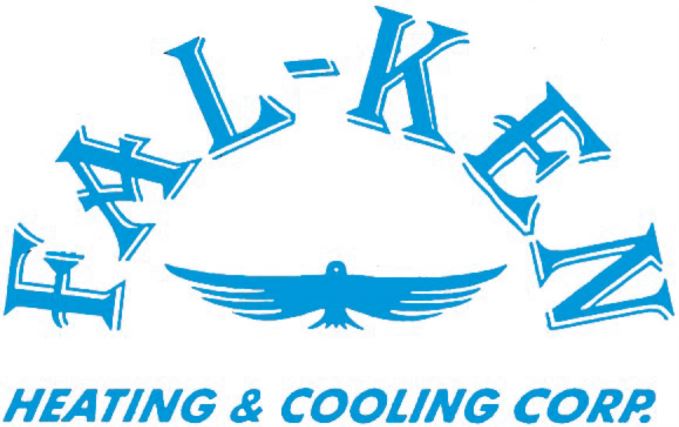
Ceiling fans are one of the most underrated ways to increase home comfort and cut energy costs. By boosting air circulation and working in conjunction with your HVAC system, ceiling fans and energy efficiency are truly a natural pairing. They offer a practical, energy-efficient way to stay cool while lessening strain on your AC—helping you avoid unnecessary air conditioning repair.
In this blog, the experts at Fal-Ken Heating & Cooling Corporation discuss how ceiling fans can make your home feel more comfortable while saving you money thanks to increased HVAC efficiency. We'll also share some HVAC efficiency tips that take advantage of ceiling fans.
Comfort vs. Temperature: Staying Cool Using the Wind-Chill Effect Indoors
Ceiling fans don’t actually lower the room temperature—they make your home more comfortable by increasing air movement across your skin. This is known as the wind-chill effect, and it can make a room feel up to 4 degrees cooler without touching the thermostat. That means you remain cool and enjoy the benefits of indoor air circulation from your ceiling fan while using less AC—helping reduce your electric bill in summer.
The Best of Both: Advantages of Pairing Fans and Air Conditioning Together
There are several benefits to using ceiling fans and air conditioning in tandem, especially during the warmer months. By combining both, you boost HVAC efficiency and enjoy a cooler living space with less work from your cooling system.
Benefits of using ceiling fans and AC together:
- Ceiling fans help lower HVAC load by circulating cool air more evenly throughout a room. Reducing HVAC stress is important, because it can save you from a breakdown that may result in premature AC or furnace installation.
- Using overhead fans improves your indoor comfort by getting rid of warm pockets and improving air movement.
- Pairing ceiling fans and AC can cut energy consumption. If you have a home automation system, you can even adjust your smart thermostat settings to increase the temperature slightly while your ceiling fan is running.
Clockwise vs. Counterclockwise Ceiling Fan Rotation: Which Direction Should a Fan Spin?
To make full use of your ceiling fans year-round, it’s important to make sure the blades rotate in the proper direction for the season. The direction affects how air flows, which can either cool you down or gently recirculate warm air so you feel warmer.
When to rotate ceiling fans counterclockwise
On hot days, ceiling fans should rotate counterclockwise at a faster setting. This creates a breeze that pushes cool air downward, enhancing the wind-chill effect and creating a cooler sensation.
When it's best to spin ceiling fans clockwise
On cold days, set your fan to spin clockwise on a slower speed. This lifts cooler air and circulates heated air down to where you can feel it, so you feel warmer without touching your thermostat.
Things to Look for in a Ceiling Fan
Selecting the ideal ceiling fan depends on a few critical considerations, such as blade design, airflow rating and room dimensions. First, look for fans with a good blend of ECFM airflow and blade pitch to ensure efficient air movement in your home:
- ECFM refers to how much air a fan moves—the cubic feet per minute, or CFM—per watt of electricity consumed. Fans with greater ECFM are more energy efficient.
- Blade pitch refers to the angle of the blades. A steeper blade pitch increases airflow but can also stress the fan’s motor.
Also, consider room size when sizing a ceiling fan—a fan that’s too small won’t circulate sufficient air, while one that’s too big may be too strong for the space.
Boost Your HVAC Efficiency With the Team from Fal-Ken Heating & Cooling Corporation
At Fal-Ken Heating & Cooling Corporation, our HVAC technicians can help you stay comfortable while easing the burden on your heating and cooling systems. From practical fan advice and air conditioning installation to smart thermostats and furnace repair, we offer comprehensive services that match your needs. Schedule your appointment by calling 631-802-6021 today.
